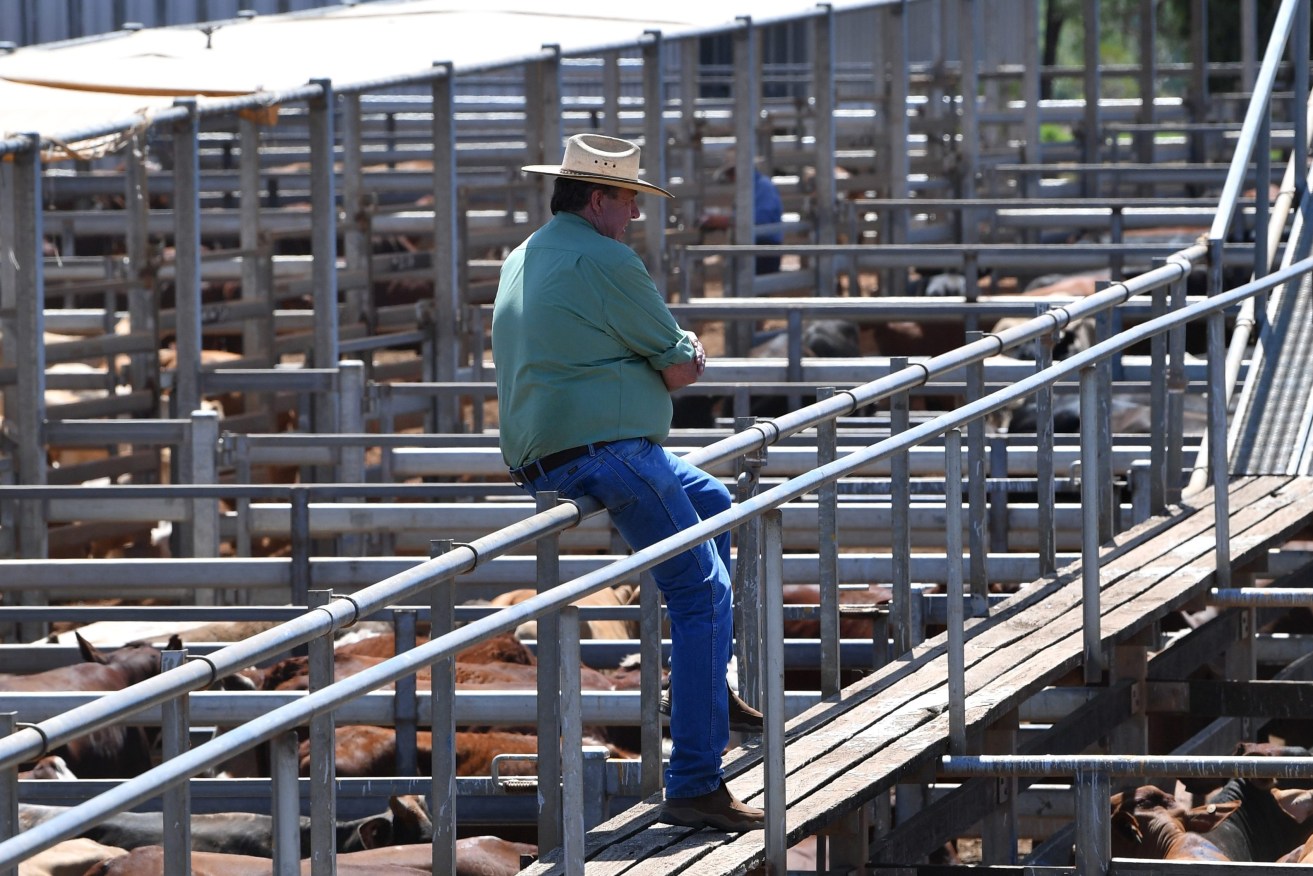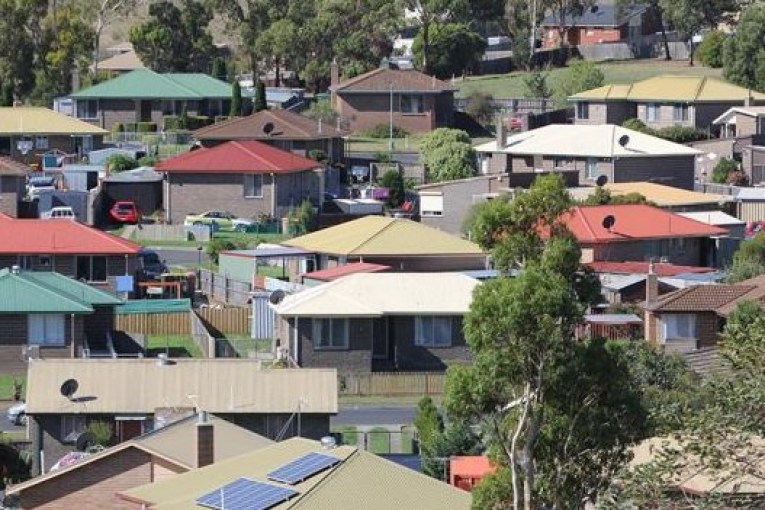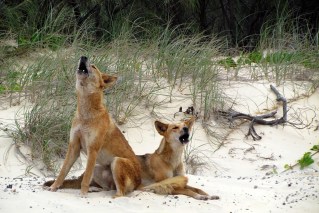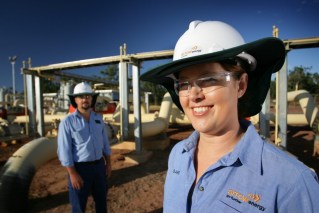Weather’s great but prices are down: Why our farmers never quite seem to get a break
Improved export conditions for Australian farmers are being dampened by lower commodity prices and drier conditions in some parts of the country.

Cattle are seen being readied for auction at the Roma Saleyards. The saleyard is the largest cattle-selling centre in the Southern Hemisphere with over 400,000 cattle auctioned each year. (AAP Image/Darren England)
Rural Bank analysed six industries – cattle, cropping, dairy, horticulture, sheep and wool – and found producers were well-positioned following a good start to the year.
The bank’s head of agribusiness development, Andrew Smith, said the outlook for farmers was broadly good.
“We are seeing some positive signs across all six industries, but it is a mixed bag, with increased supply for some sectors while there is easing demand for some Australian commodities,” he told AAP.
“Most of the commodity groups have seen a reduction in prices over the last six months, particularly across the beef and dairy market, but we are seeing some positive signs with regard to access into some diversified countries.”
Strong avocado production was anticipated across Queensland, while below-average rainfall was expected to have an impact on Western Australia’s cropping regions.
Most regions have had a strong start to planting, but winter crop production is expected to fall 34 per cent from last season’s record.
The bank predicted trade conditions would continue to improve for Australian producers, including through a recent agreement with India.
Lentil exports are expected to exceed one million tonnes, with the subcontinent the prime destination.
“We think that an opportunity in India is really strong,” Mr Smith said.
Agriculture Minister Murray Watt led an Australian delegation to India this week to promote trade ties in high-level meetings.
During the first six months of the India trade deal, Australian businesses benefited from lower tariffs on more than $12 billion worth of exports.
Australian beef production is expected to rise in the second half of the year following two seasons of herd rebuilding.
Lamb producers are tipped to have a record year for export volumes, but that might not translate into record export values.
Rising supply and strong export demand for horticulture will likely drive record production despite a slight easing of prices.
RURAL BANK’S AUSTRALIAN AGRICULTURE MID-YEAR OUTLOOK
Queensland
* Strong avocado production is expected across the Queensland growing regions as recent plantings continue to mature.
NSW
* Lamb markets will likely encounter good numbers of new-season lambs in the second half of 2023.
Victoria
* High water-storage levels are keeping water prices low, which will continue to benefit irrigated horticultural crops.
Tasmania
* Potato farmers have had average crops over the past six months, while later plantings are expected to struggle due to a late winter harvest.
South Australia
* Merino wool producers in South Australia are increasing sheep numbers and strong wool production is forecast over the next six months driven by good rainfall but held back by lower prices.
Western Australia
* Below-average rainfall in May across all Western Australian cropping regions means the season is sitting on a knife edge for many.












